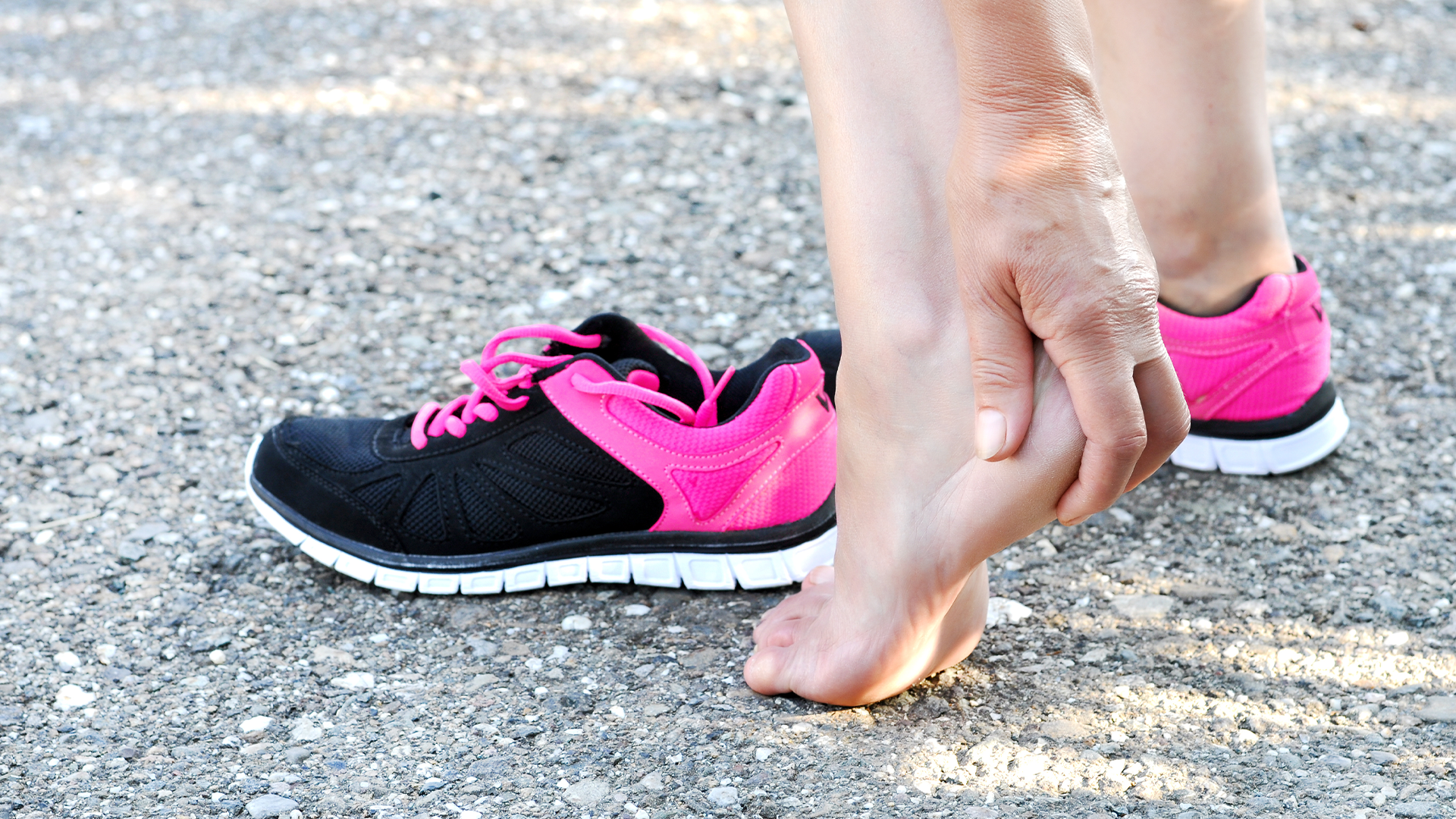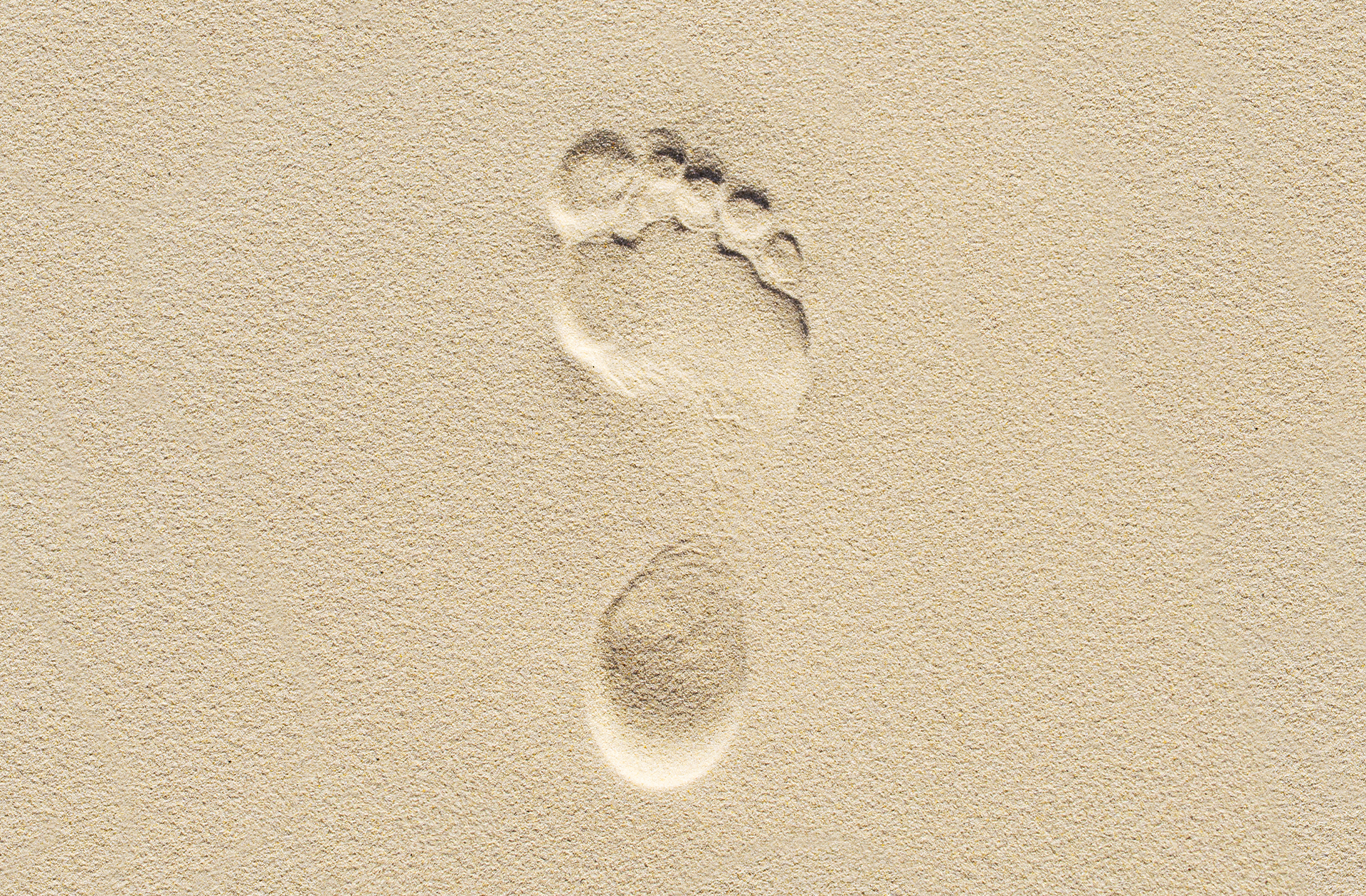
Overview
The Achilles tendon attaches the calf muscles (which include the gastrocnemius and soleus) to the heel bone. These muscles function to plantarflex the ankle (push foot down) and invert the heel bone helping the foot transition into the push off phase of walking, running or jumping. Achilles tendonitis refers to inflammation of the tendon that can lead to pain and discomfort. Research done recently on Achilles tendon pain has led us to refer to this condition as Achilles tendinopathy.
Pain in the middle of the Achilles tendon is call mid-portion Achilles Tendinopathy. We also see pain present at the base of the tendon where it attaches to the heel bone, this is referred to as insertional Achilles Tendinopathy.
Pain will often be worse after exercise and rest, with most people finding first thing in the morning very uncomfortable.
An increase in sports and activity are often associated with the onset of pain.
Symptoms of Achilles Tendonitis
Achilles Tendonitis will often present as pain or aching in the back of the lower leg/ankle. Pain will often be worse after exercise as well as first thing in the morning and after rest.
The onset of Achilles tendinopathy usually corresponds with an increase in activity or exercise and the tendon can become quite thick and painful at the sight of the tendinopathy. Pain can last from as little as a couple of days to as long as a couple of years. If pain continues and doesn’t resolve then we suggest seeking expertise from one of our experienced MSk specialist podiatrists. They will then be able to offer a range of treatments to help the Achilles recover.
Causes of Achilles Tendonitis
There are a number of factors that will contribute to an increased risk of damaging the Achilles tendon. The most common contributors include:
- Increasing activity levels – A sudden increase in activity level will increase load on the tendon and increase risk of tendinopathy
- Footwear – Changing footwear from a high drop to a low drop. This can increase load therefore increasing the risk of tendinopathy
- Foot type – Different foot types are linked to an increased load on the Achilles tendon
- Weight
- Activity type – there is a high prevalence of Achilles tendinopathy in runners. This is due to the high repetitive loads
- Medications – Certain medications are linked to increased risk of Achilles tendonitis
Treatments
Gait analysis, Orthotic therapy - modular/bespoke, strength and rehab, shockwave therapy

Biomechanical Assessment
As podiatrists we specialise in lower limb pain and injury. We use biomechanical analysis as a way of understanding the anatomy of the foot and the complex mechanisms involved during movement. This will allow us to identify and diagnose many conditions in the foot and lower limb.
